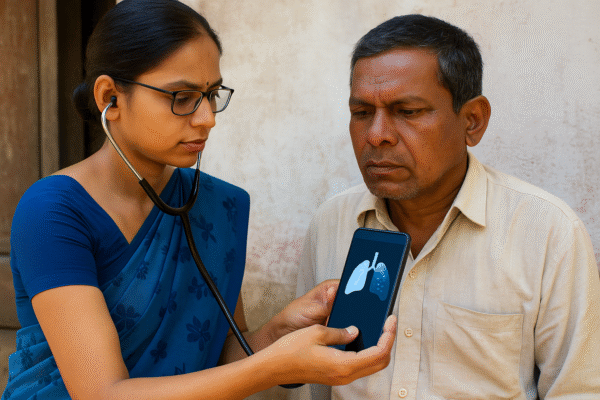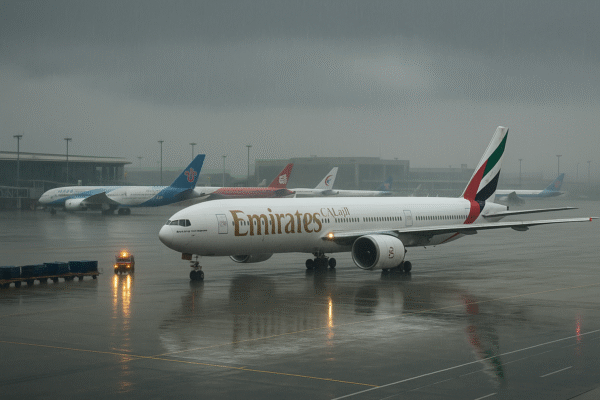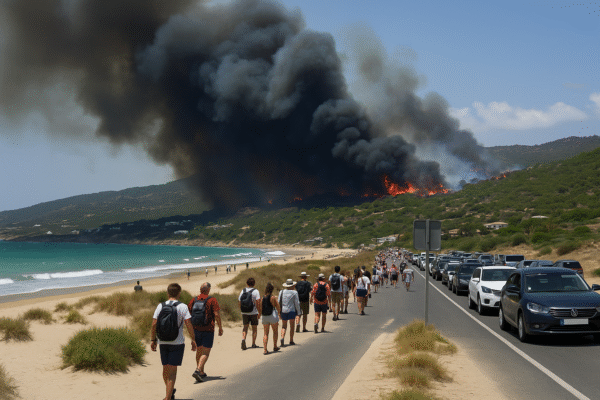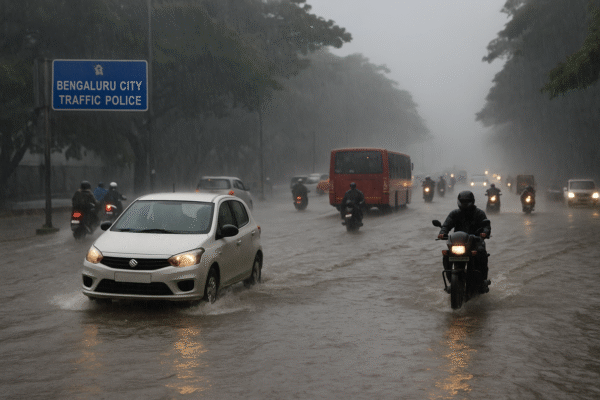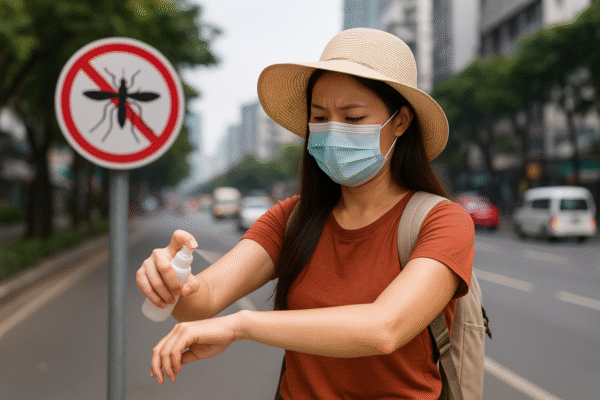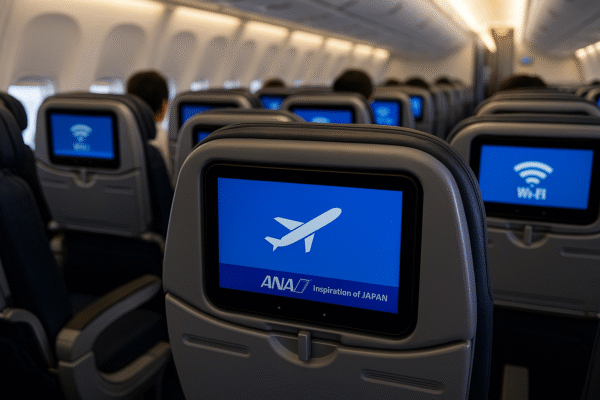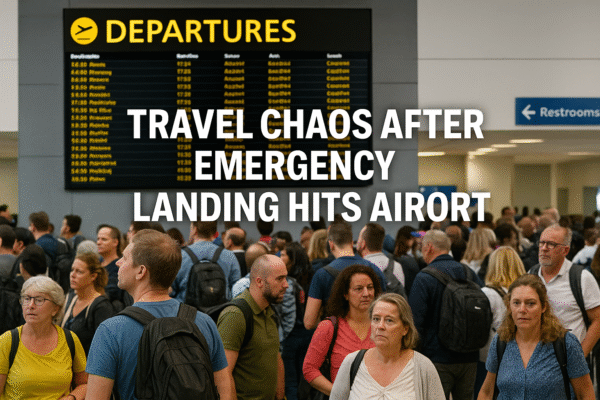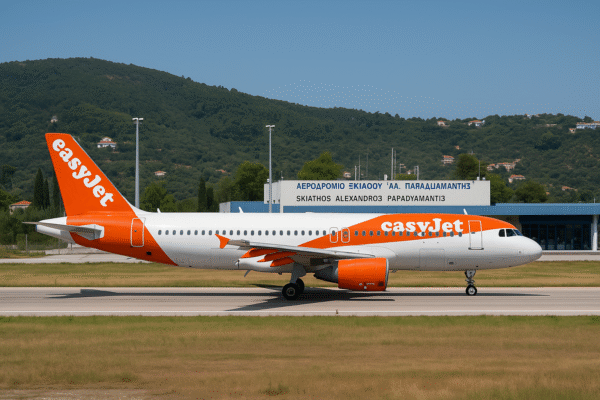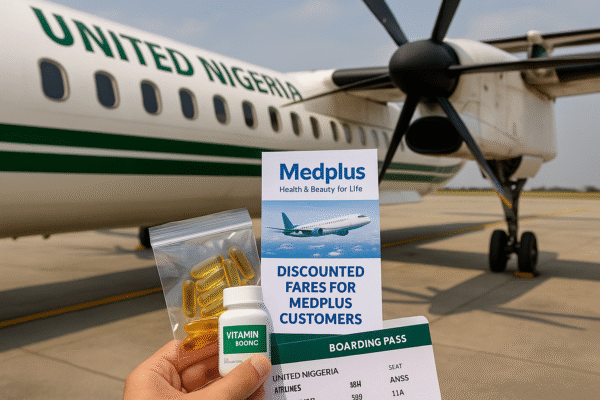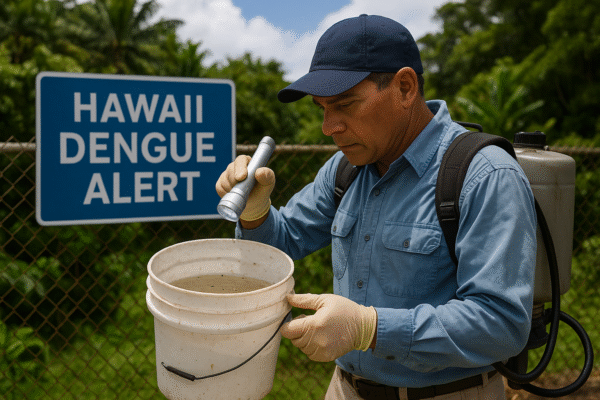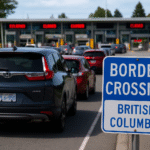Hawaii has just confirmed its 11th travel-related dengue virus case in 2025—heightening public health alerts just as tourists are flocking back to the islands. The latest case, confirmed by the Hawaiʻi Department of Health (DOH), involves a visitor exposed while traveling in a dengue-endemic region. This is now one of ten cases reported on Oʻahu, in addition to one on Maui.
Although dengue isn’t established locally in Hawaii, its tropical environment—home to mosquitoes capable of transmitting the virus—means authorities remain vigilant. The DOH has ramped up mosquito-control efforts in areas connected to confirmed cases, aiming to curb the risk of onward transmission.
What Tourists Should Know Before Visiting
- Not Endemic, But Possible: Dengue isn’t established in Hawaii. All cases in 2025 have been linked to travelers visiting dengue-prone regions.
- Ongoing Mosquito Control: In response to this 11th case, DOH Vector Control Branch staff are conducting inspections and mosquito-reduction activities on affected islands.
- Stay Proactive: Tourists are encouraged to assist by eliminating mosquito breeding grounds such as buckets, planters, rain barrels, cups, and water-holding plants like bromeliads.
Safety Measures for Travelers
The CDC recommends the following precautions, especially if traveling to or returning from dengue-endemic areas such as Fiji, French Polynesia, Samoa, the Philippines, Brazil, Colombia, Mexico, Puerto Rico, or U.S. territories like American Samoa:
- Use EPA-approved insect repellents
- Wear long-sleeved shirts and long pants outdoors
- Stay in air-conditioned rooms or those with screens, or use insecticide-treated bed nets
- Prevent mosquito bites for three weeks after travel
- Seek medical attention within two weeks if symptoms—fever, rash, nausea, vomiting, body aches—appear
Symptoms generally last 2 to 7 days and are often mild, though severe cases can occur.
Global Context & Travel Warnings
DOH notes that dengue remains a year‑round risk in tropical and subtropical regions, including parts of Asia, Latin America, Africa, and the Pacific. U.S. territories such as Puerto Rico, the U.S. Virgin Islands, and American Samoa continue to face outbreaks—Puerto Rico has extended its outbreak declaration through December 2025, and American Samoa declared an outbreak on July 7, 2025. The Philippines is experiencing a dramatic 56% year‑on‑year surge in cases.
These global trends underscore the importance for prospective visitors to review country-specific advisories 4–6 weeks before travel.
Ensuring Safe and Stress-Free Travel
As Hawaii remains a popular vacation destination, especially Oʻahu and Maui, these dengue reports come during a critical time. However, by following simple prevention tactics and staying informed, tourists can protect their health and still enjoy the islands’ world-famous beaches, hikes, and cultural attractions—with peace of mind.
Key Actions for Travelers:
| Action | Why It Matters |
|---|---|
| Check travel advisories weeks in advance | Stay updated on dengue risks |
| Use repellents, long clothes, and screened or AC rooms | Minimize mosquito exposure |
| Eliminate standing water around lodging | Cut down local mosquito breeding |
| Monitor health post-travel and seek care if needed | Early diagnosis reduces complications |
Final Thoughts
Hawaii’s 11th dengue case—while travel-related—serves as a timely reminder of the importance of vigilance. The disease remains absent from local transmission, and authorities continue robust vector control efforts. Tourists can still enjoy a safe and unforgettable Hawaiian getaway by practicing prudent health and mosquito-prevention measures. For the latest updates, visit the DOH’s Disease Outbreak Control Division and Vector Control Branch websites
For more travel news like this, keep reading Global Travel Wire



